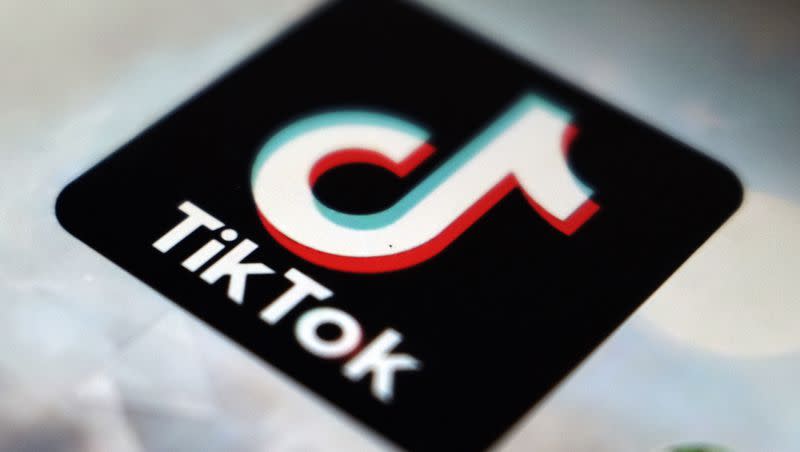How does TikTok affect the billboard song charts?

TikTok has a way of popularizing a song that no other app has has been able to capitalize on.
Miley Cyrus’s most recent single “Flowers” was at the top of the charts for weeks. It remained in the No. 1 spot on the Billboard Global charts for eight weeks, per Billboard. The clever and catchy song likely topped the charts in its own right, but it was also a popular sound to play in the background of TikTok videos that trended on the app for weeks.
How TikTok can popularize songs
According to a study by MRC Data, a music analytics company, 67% of TikTok users are estimated to be more likely to look up songs on music streaming services like Spotify or Apple Music after hearing the song on TikTok.
“TikTok has really become a critical part of artist storytelling,” Kristen Bender, SVP of digital innovation strategy and business development at Universal Music Group, told Business Insider. “Our labels have been extremely leaned into the platform.”
Over 175 songs that had trended on TikTok popped onto the Billboard Hot 100 in 2021, which was double the number of songs from TikTok that charted in 2020, according to TikTok’s 2021 annual music report.
The app “has become a hub for labels to promote both new releases and back catalog tracks,” Insider reported. Some labels have even started building social media marketing teams centered around the app and how it can help build influence around certain songs or artists.
It’s not just new songs that rise in popularity because of the app. For example, Fleetwood Mac’s iconic “Dreams,” released in 1977, popped back onto Billboard charts in 2020 because a TikTok video of a man drinking Ocean Spray cranberry juice while skateboarding to the song went viral.
A large percentage of users on the app are in their teens — 67% in fact, according to a Pew Research Center survey, so the app could explain why many teens are bopping to the 1970s hit in recent years.
User-generated content on TikTok
Artists can utilize the app to increase awareness of their music, but it can also encourage users to create their own content. TikTok thrives on user-generated content, and many popular trends revolve around making a joke or reference to a specific song.
One example is Celine Dion fans lip-syncing to “It’s All Coming Back to Me Now” at “the most dramatic part of the song,” which became a viral TikTok trend, NPR reported.
Avid TikTok users are more likely to spend money on music
TikTok users are also more likely to be willing to spend money on music, a consumer behavior report by Midia Research shows. According to the data, 40% of active TikTok users have a monthly paid subscription service for music, whereas only 25% of the general population pays for one.
Musicians express frustration with having to promote on TikTok
However, it’s not all up to users to promote music content. Some artists have complained about burnout from being required to promote themselves on TikTok. Popular artist Halsey said last year that despite years of success in the industry, her label was making her hold onto new music. “My record company is saying that i can’t release it unless they can fake a viral moment on TikTok,” Halsey said, The New York Times reported.
“If a song is going viral on TikTok, and the artist is unsigned, and as a result, it’s getting a million streams on Spotify, the labels are scrambling to sign that song or that artist,” Tatiana Cirisano, a music industry analyst and consultant at Midia Research, told CNBC. “They’re obsessed with expanding their market share and making sure they don’t lose any market share to independent artists.”
Social media has its obvious pitfalls — the simplest of which include sometimes just being a time suck. But TikTok’s influence on the music industry will be interesting to follow as the app grows in popularity.

